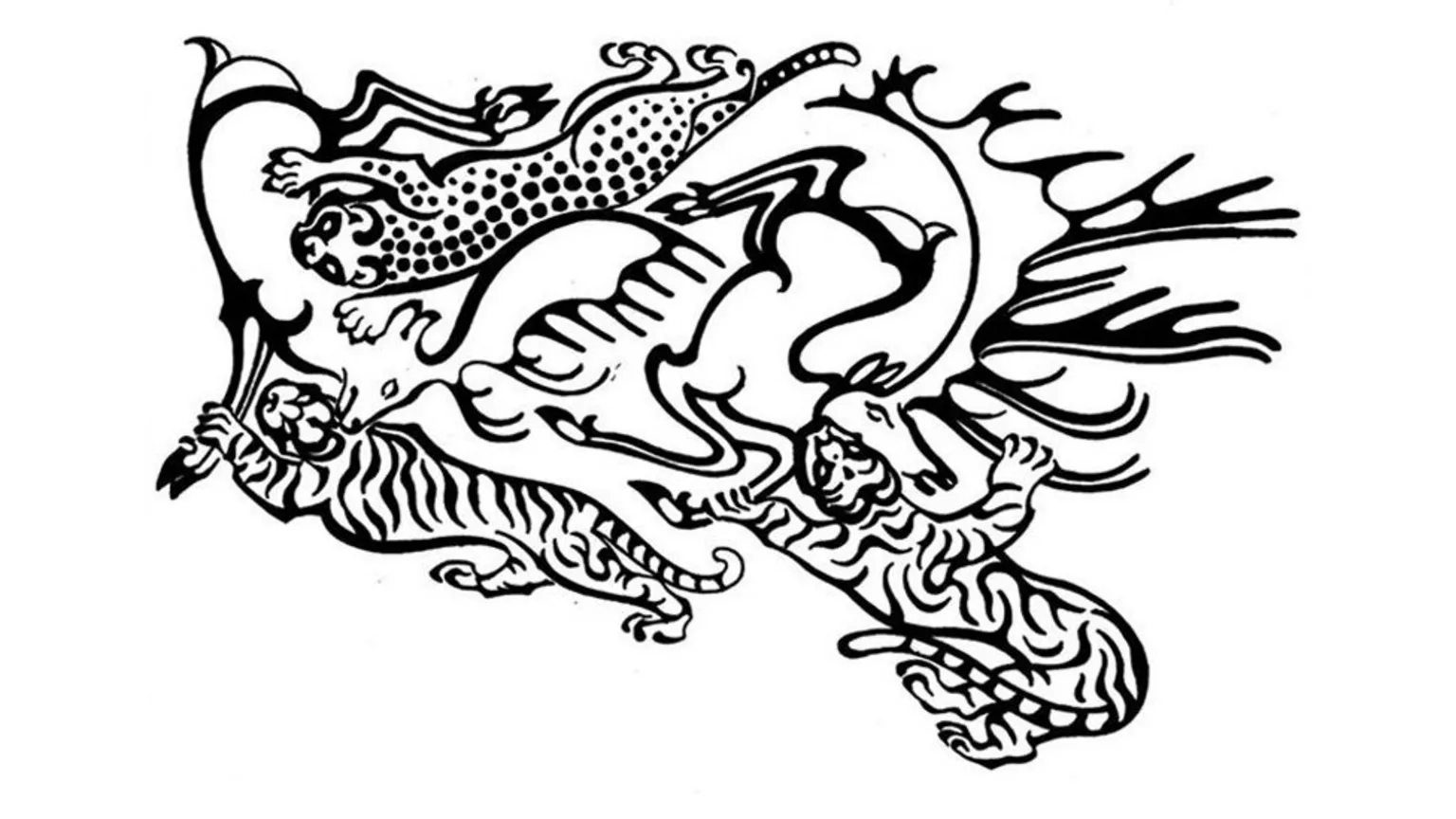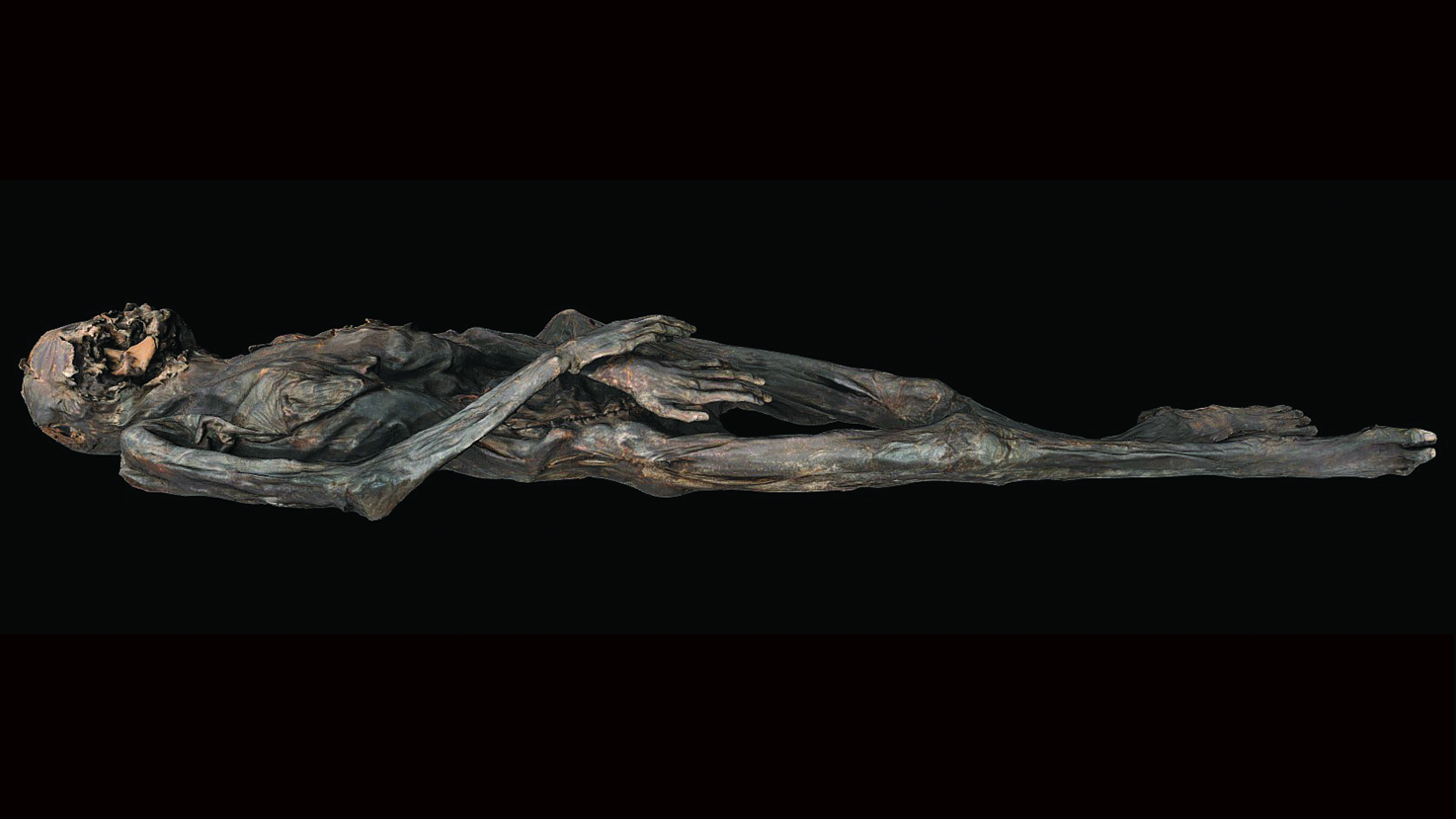T4K3.news
New insights into Bashiri Mummy revealed
Researchers have gained new understanding of the Bashiri Mummy using advanced scanning technologies.

The Bashiri Mummy reveals more secrets as researchers use modern technology for study.
New insights into the Bashiri Mummy from advanced scanning technology
Recent advancements in scanning technology have opened a window into the mysteries of the Bashiri Mummy, known as 'The Untouchable One.' This ancient Egyptian mummy, believed to date back 2,300 years, has long remained enveloped in its intricate wrappings due to concerns about damage from unwrapping. Previously, researchers like Howard Carter, famous for discovering King Tutankhamun, had no option but to unwrap mummies, often leading to significant loss of information. Now, X-ray and CT scans have allowed for a detailed examination without physical interference. Findings suggest that Bashiri was an adult male about 5.5 feet tall from the Ptolemaic Era. Their studies also uncovered possible inscriptions of his name. The mummy's decorative encasement features imagery significant to ancient Egyptian beliefs, including representations of the god Anubis and scenes involving goddesses.
Key Takeaways
"In the past, the only way to learn about a mummy was to unwrap it."
This quote underscores the problematic history of mummy studies that traditional methods presented.
"Scans have now revealed fresh details about the mummy."
This highlights the breakthroughs achieved through advanced technology in archaeology.
"The casing around the feet has two images of the funerary god Anubis."
This statement points to the religious significance embedded in the mummy's design.
"We are closer to understanding those who lived over two millennia ago."
This reflects the significance of the findings and their relevance to our historical comprehension.
The examination of the Bashiri Mummy highlights a transformative shift in archaeological practices. With modern technology, researchers can delve into the past without the destructive methods that plagued earlier studies. This advancement not only preserves the artifacts but also enhances our understanding of ancient civilizations. As researchers explore more mummies through non-invasive means, we may witness an unprecedented expansion of knowledge about ancient Egyptian life and death rituals. However, it also raises questions about future archaeological practices and the necessity for traditional methods.
Highlights
- Future archaeology lies in non-invasive techniques.
- Bashiri’s secrets reveal much about ancient beliefs.
- Ancient mysteries unfold without harm to the past.
- New technology may transform our view of history.
Risk of changing archaeological practices
The reliance on modern technology raises concerns about traditional excavation methods being overlooked in favor of non-invasive techniques, potentially altering our understanding of archaeological integrity.
The implications of this technology extend well beyond Bashiri, offering promises for archaeological exploration.
Enjoyed this? Let your friends know!
Related News

Researchers reveal ancient tattoos of Siberian mummy

Ancient tattoos from Siberia reveal new techniques

Discovery of 3,500-Year-Old Cemetery in Egypt Announced

Scientists recreate Earth's early years with new simulation

Japan's satellites uncover groundbreaking data on Venus

New findings on serotonin receptor could reshape mental health treatments

Newly Discovered Object in Sync with Neptune

Uranus emits more internal heat than previously known
